Retinol Creams: The Consistency Key
Retinol, a derivative of Vitamin A, has been a cornerstone in skincare for its proven anti-aging and skin-rejuvenating properties. However, the true effectiveness of retinol creams lies not just in their composition but in the consistency of their application. In this comprehensive guide, we delve into the world of retinol creams, emphasizing the pivotal role of consistent use and offering insights to maximize their benefits.
Understanding Retinol and its Benefits

Retinol is a powerhouse ingredient in the realm of skincare. It is renowned for accelerating skin renewal, enhancing collagen production, and reducing the appearance of fine lines and wrinkles. Its ability to unclog pores makes it equally effective in treating acne and improving skin texture.
How Retinol Works
Upon application, retinol penetrates deep into the skin and speeds up cell turnover. This process sheds dead skin cells and makes way for new growth, resulting in a brighter, smoother, and more even-toned complexion.
The Importance of Consistency
The key to reaping the full benefits of retinol creams lies in consistent application. Unlike instant-fix solutions, retinol requires time to work its magic on the skin.
Building Tolerance
Starting with a lower concentration and gradually increasing it allows the skin to build tolerance, thereby reducing potential irritation. Consistent use also ensures a sustained effect, keeping skin problems at bay.
Long-term Benefits
Regular application over an extended period can lead to significant improvements in skin health, including reduced signs of aging, more even pigmentation, and a healthier skin barrier.
Choosing the Right Retinol Cream

Not all retinol creams are created equal. Factors such as concentration, formulation, and packaging play a crucial role in the effectiveness of the product.
Concentration Matters
Beginners should start with a lower concentration (around 0.25%) and gradually move to higher strengths as their skin adjusts.
Formulation is Key
Look for formulations that combine retinol with nourishing ingredients like hyaluronic acid or ceramides to mitigate dryness and irritation.
Packaging is Important
Retinol is sensitive to light and air. Opt for products in opaque, air-tight packaging to ensure the stability and efficacy of the retinol.
Application Tips for Optimal Results
Applying retinol correctly can significantly enhance its benefits while minimizing potential side effects.
Start Slow
Begin by applying retinol once or twice a week and gradually increase the frequency as your skin gets accustomed.
Use at Night
Retinol makes the skin more sensitive to sunlight. It's best to apply it at night and follow up with a broad-spectrum sunscreen in the morning.
Moisturize Well
Follow up with a good moisturizer to combat any dryness or irritation caused by retinol.
Common Side Effects and How to Manage Them
Mitigating Irritation
To reduce irritation, pair retinol with soothing skincare ingredients and avoid using other potent actives, like exfoliating acids, on the same nights as retinol.
Sun Protection is Crucial
Given the increased sun sensitivity, diligent use of sunscreen is non-negotiable when using retinol creams.
Retinol Myths Debunked
Not Just for Aging Skin
Retinol is often associated solely with anti-aging, but it's equally effective for acne, texture, and overall skin health.
Not Instantly Transformative
Expect gradual changes. Immediate results are not typical with retinol; patience and consistency are key.
Conclusion
Incorporating retinol into your skincare routine can be transformative, but it demands patience and consistent application. Understanding your skin, choosing the right product, and applying it correctly can unlock the full potential of this remarkable ingredient. Remember, with retinol, consistency is indeed the key to beautiful, healthy skin.


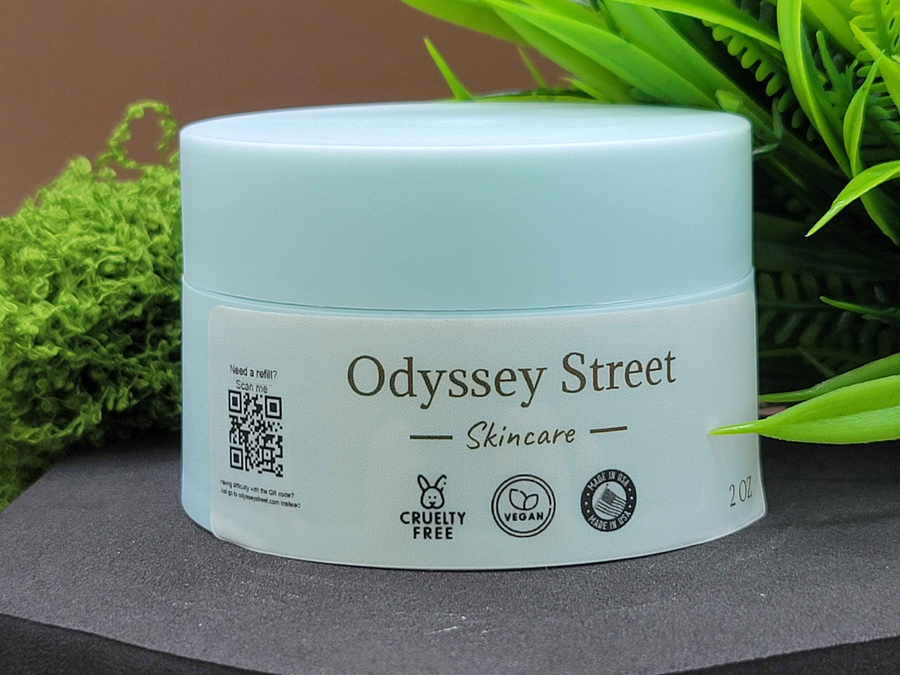
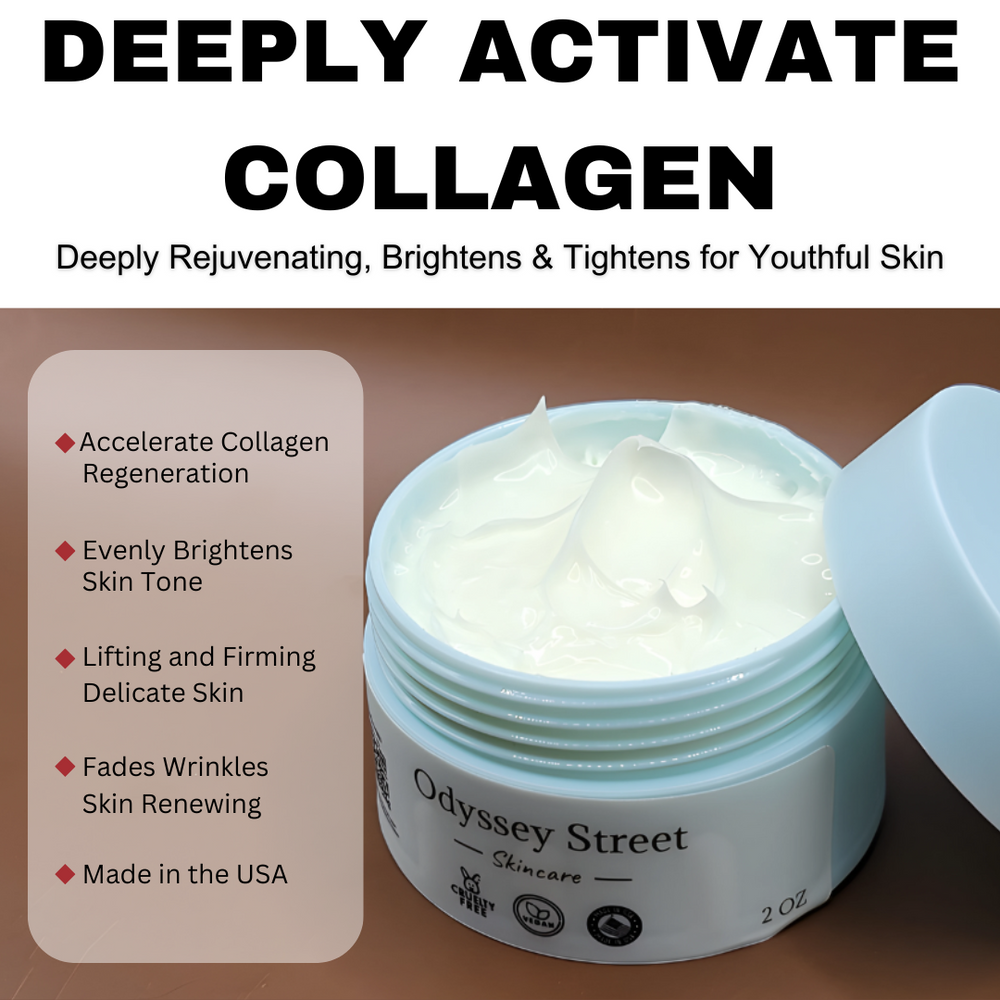




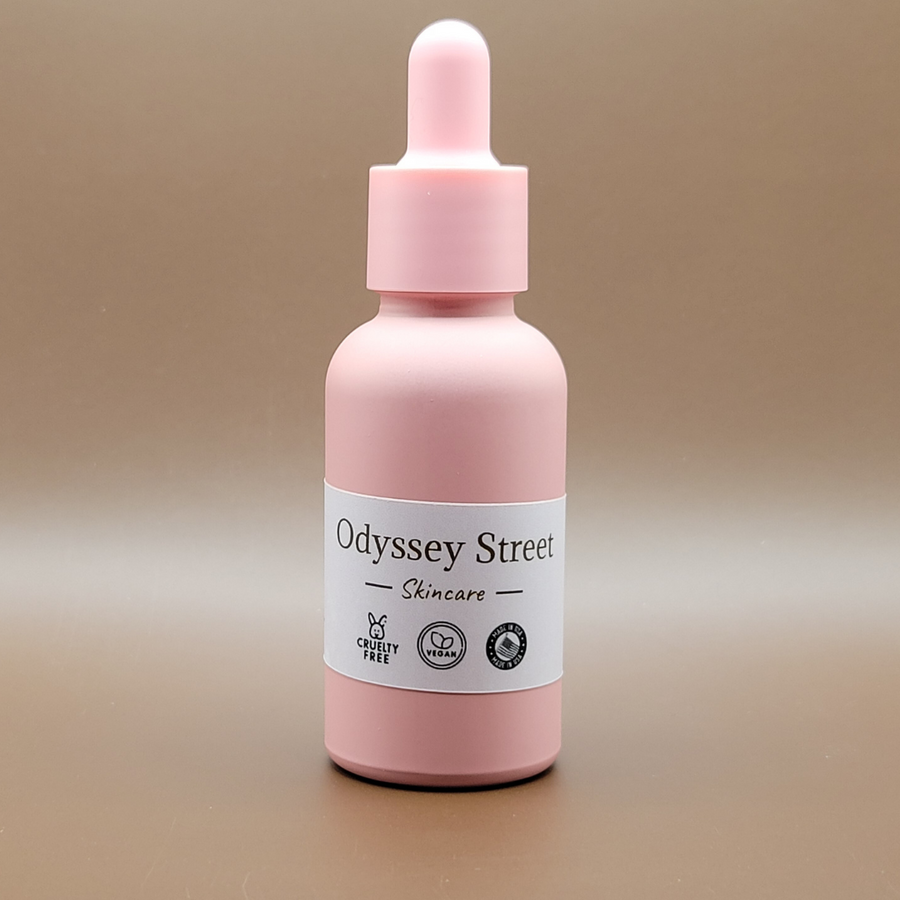
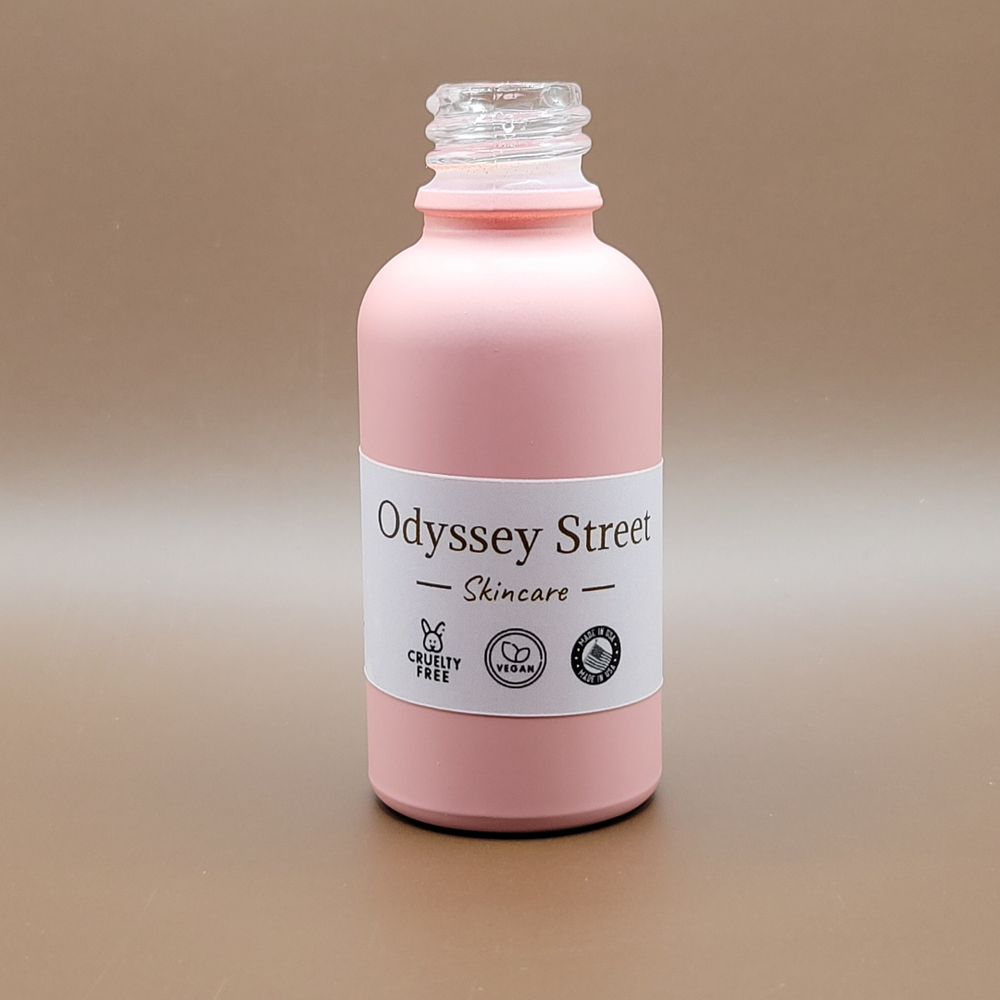
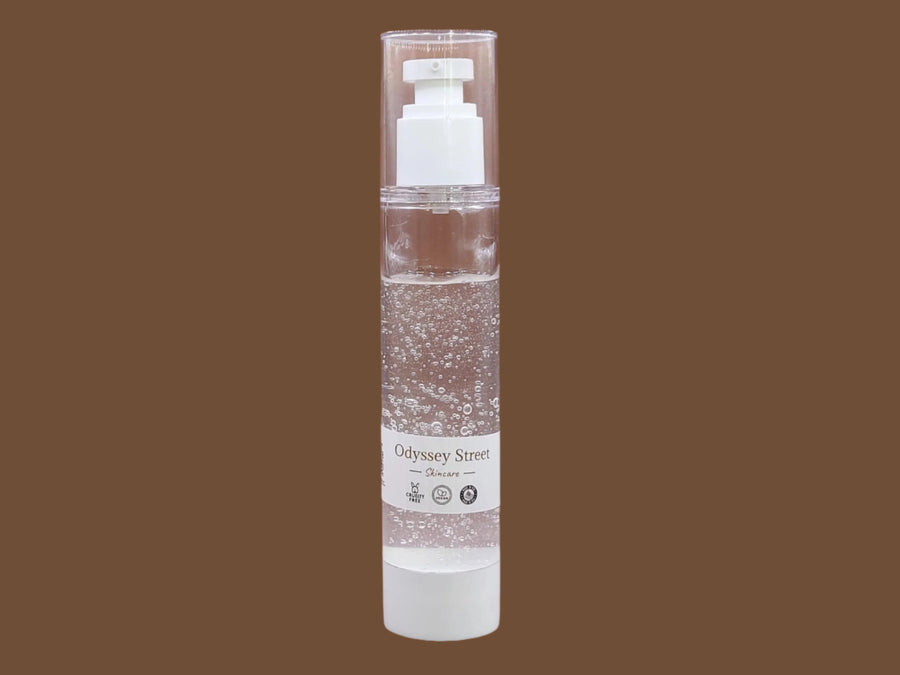
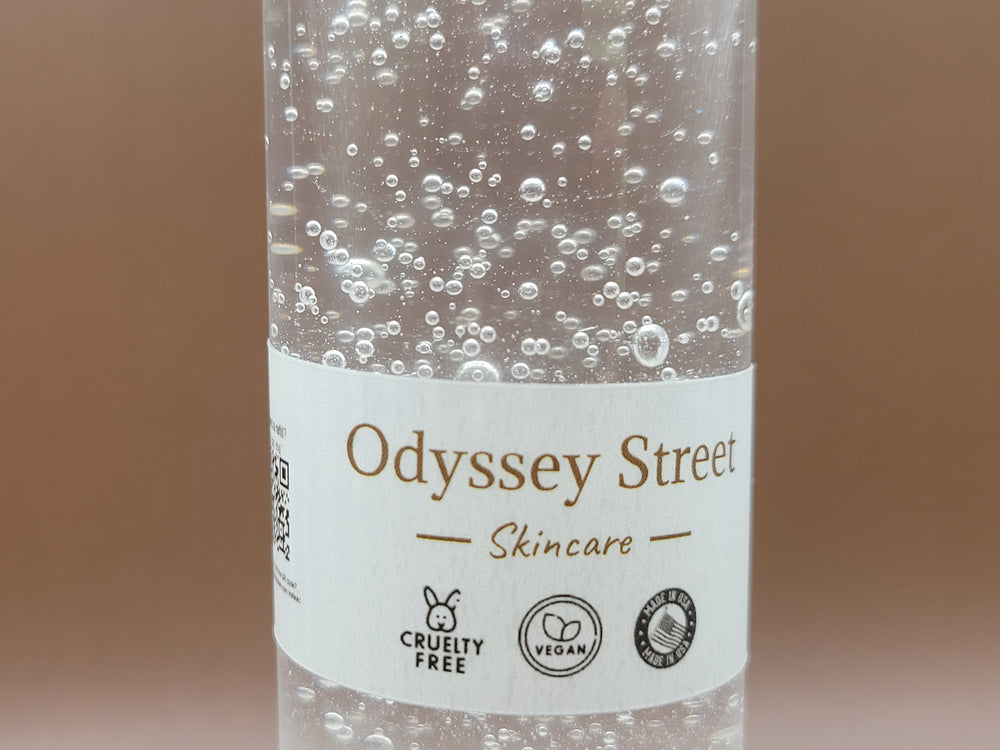

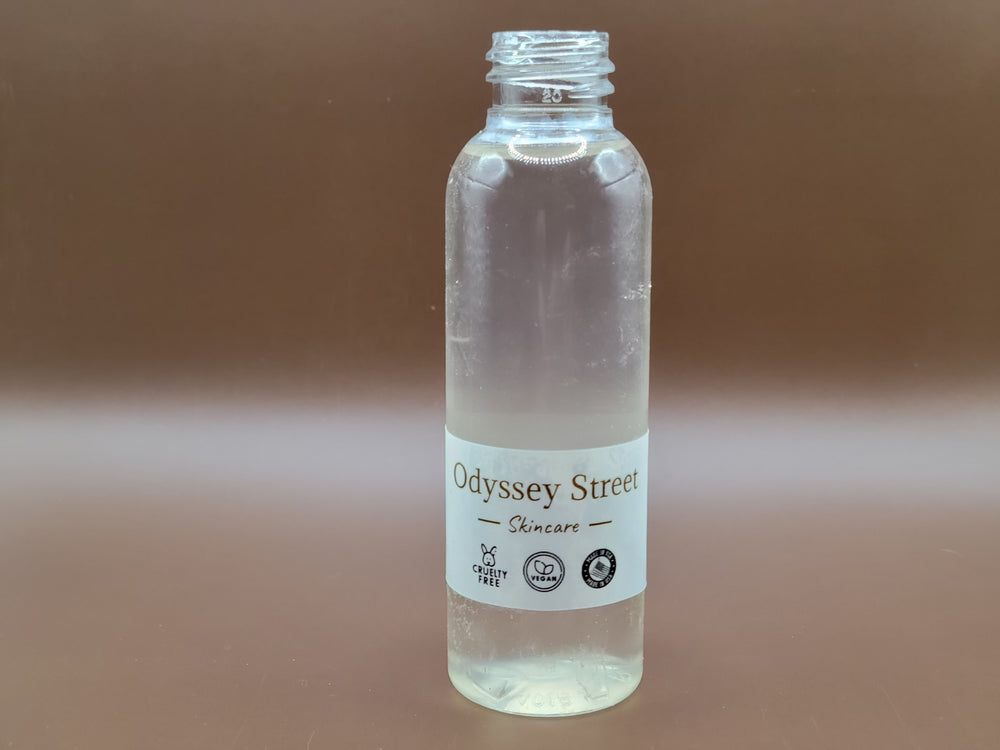

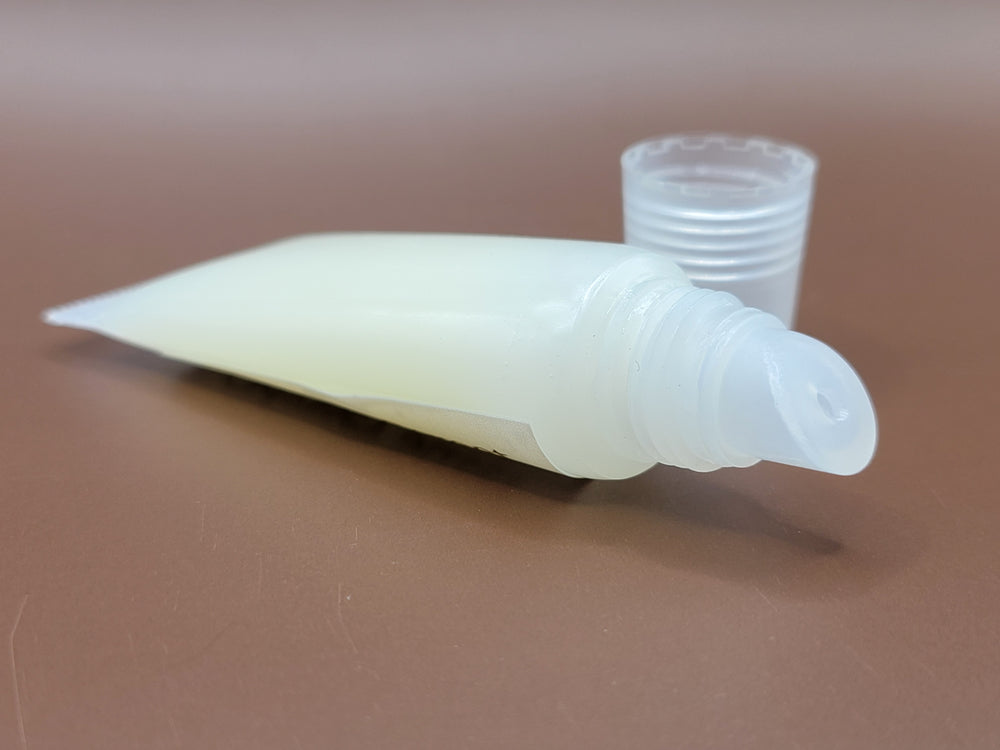
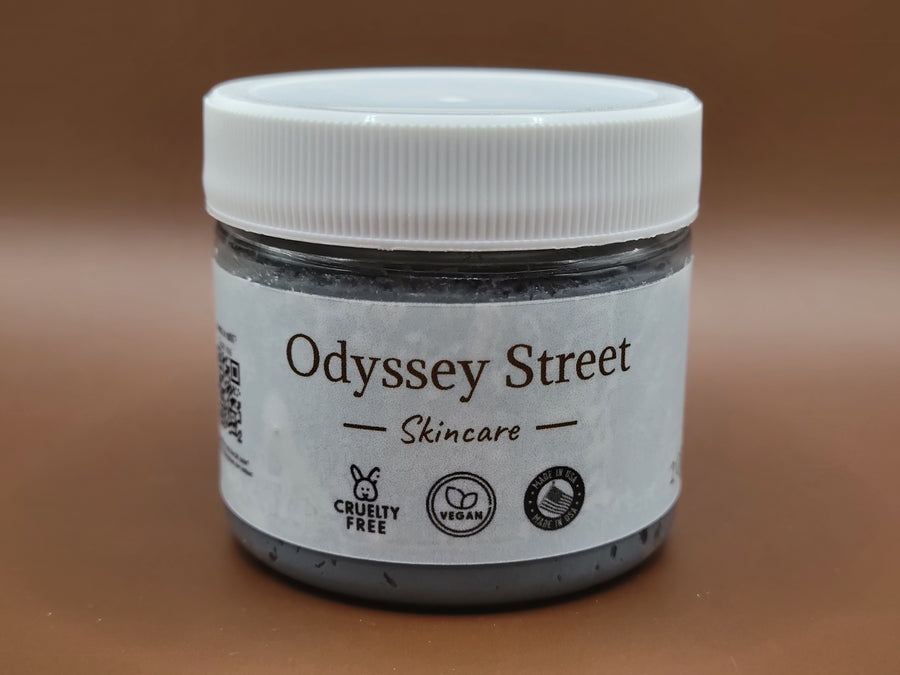
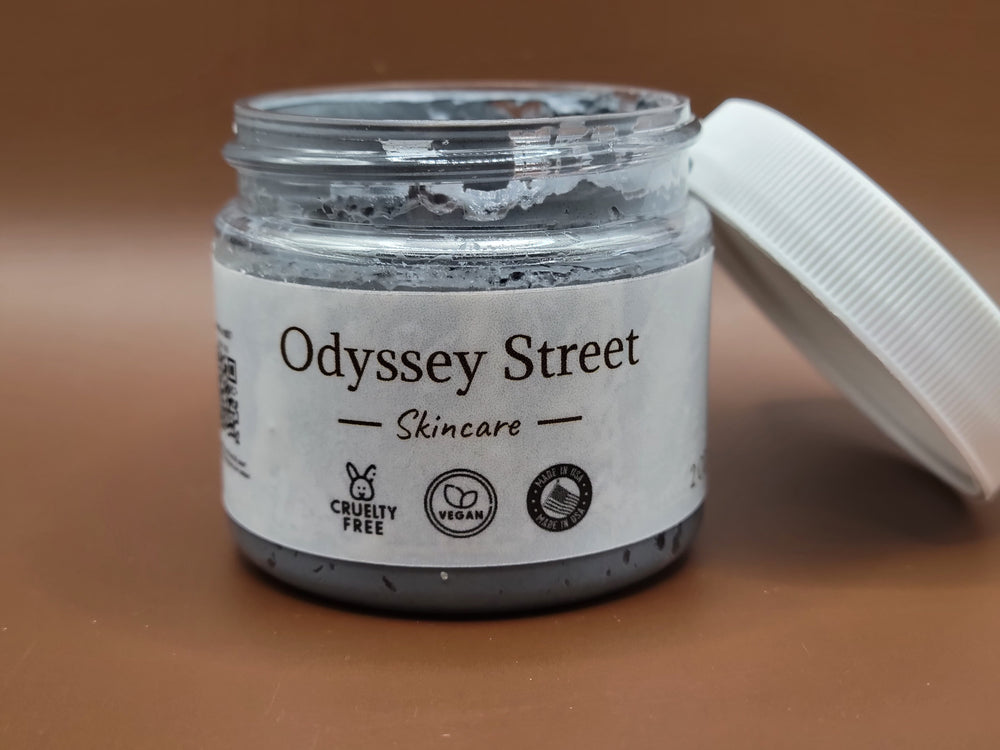
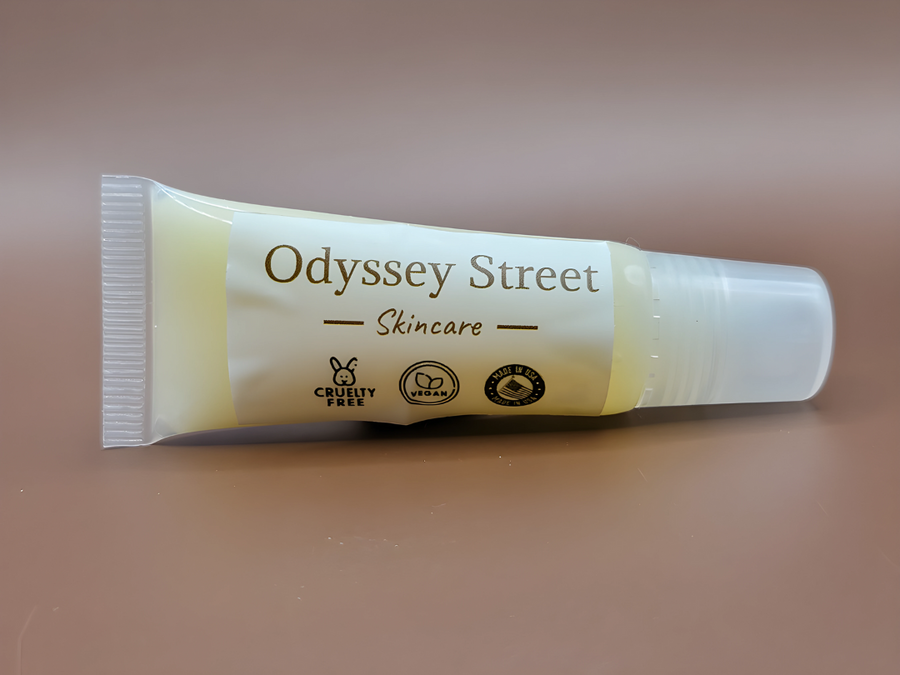

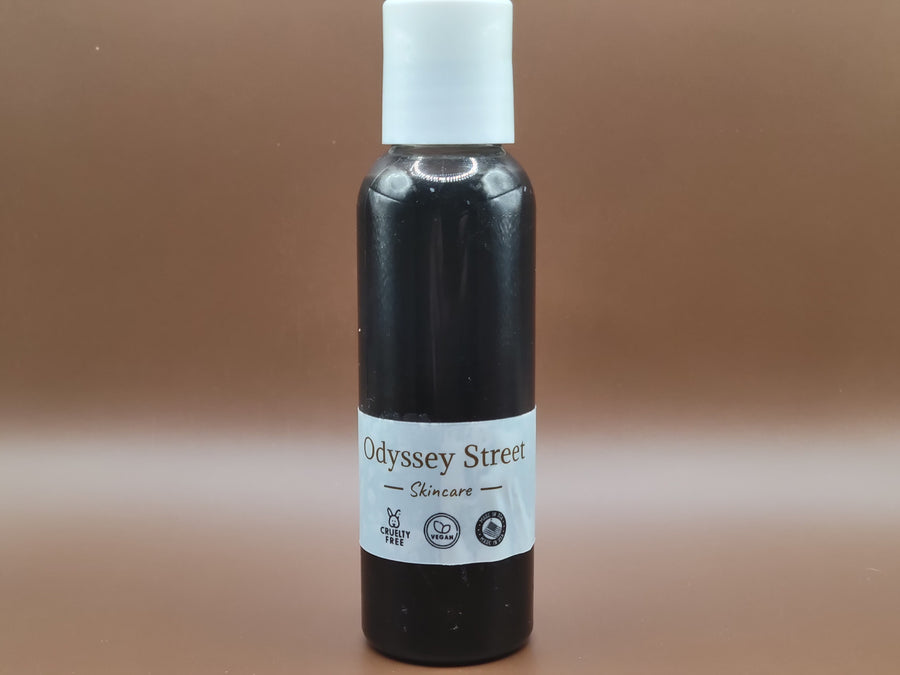
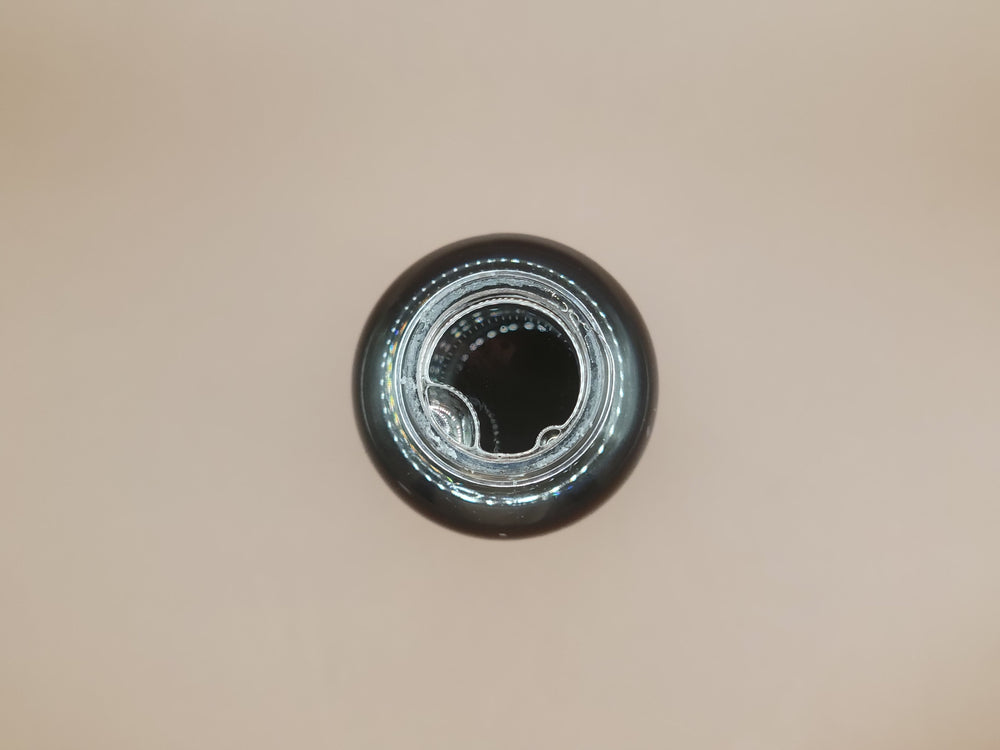
Leave a comment